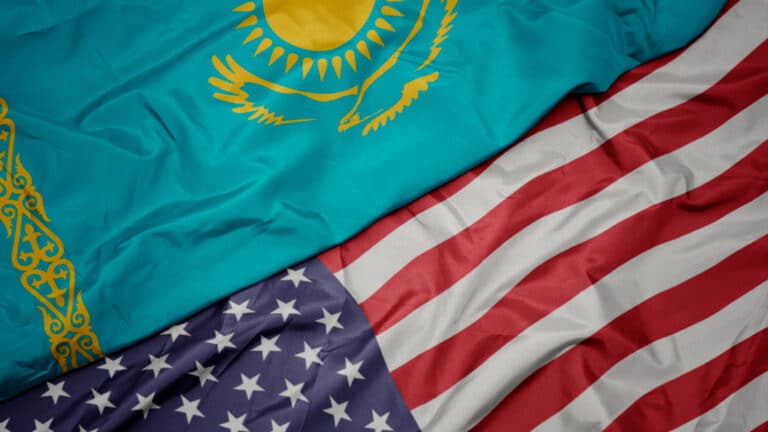
In April 2024, global central banks acquired 33 tons of gold, almost a twofold increase from 16 tons in March. Kazakhstan has become the second biggest gold purchaser in the world after Turkey, according to the World Gold Council (WGC).
The Central Bank of Turkey boosted its gold reserves by 8 tons. Kazakhstan and the Reserve Bank of India both acquired 6 tons of gold, sharing second place after Turkey. They were followed by the National Bank of Poland (5 tons), the Monetary Authority of Singapore (4 tons), the Central Bank of Russia (3 tons), and the Czech National Bank (2 tons).
In April, Kazakhstan purchased 3 tons more gold than Russia, whereas in March, the gap was just one ton in Kazakhstan’s favor.
The National Bank of China reported a significant slowdown in gold purchasing as the regulator’s reserves increased by just under 2 tons in April to 2,264 tons, which was the lowest monthly increase since November 2022, when the regulator resumed publishing statistics on gold. This figure is also lower than the 18-ton average rate over the period before April 2024.
The central banks of Uzbekistan and Jordan each reported a one-ton decline in their gold reserves. This was a noticeable slowdown in gold sales compared to February and March.
In the first quarter of 2024, Kazakhstan acquired 16.4 tons of gold, becoming the fourth biggest gold purchaser in the world after Turkey (30.1 tons), China (27 tons) and India (18.5 tons). Regulators in Uzbekistan, Thailand and Jordan reported the biggest declines in their gold reserves (by 13.7, 9.6, and 4.5 tons, respectively).
According to the London Bullion Market Association (LBMA), the gold price has been growing since October 2022, when a troy ounce cost $1,665.20. As of June 4, the price reached $2,326 per troy ounce. In early April 2024, BASS Gold reported that the gold price would grow to $2,600 per ounce within this year, citing experts and market participants.













